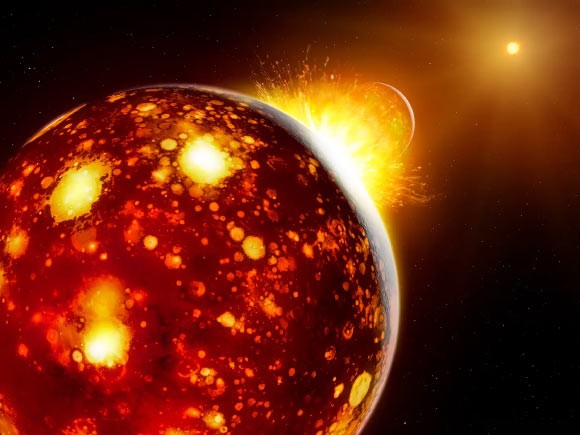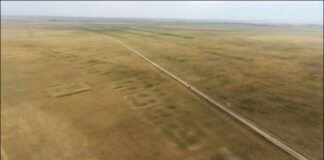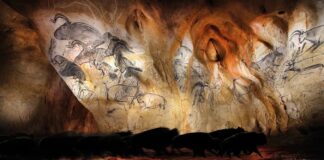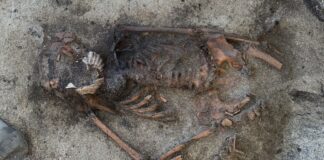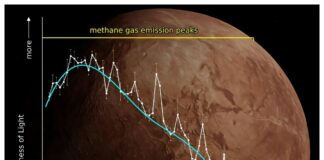Recent research confirms that Theia, the protoplanet thought to have collided with early Earth to form the Moon, originated from the inner Solar System – closer to the Sun than our planet did. This discovery, published in Science this week, settles a long-standing debate about Theia’s origins, using unprecedented precision in measuring iron isotopes in lunar samples, terrestrial rocks, and meteorites.
The Mystery of Theia’s Origin
For decades, scientists have debated where Theia came from. The prevailing theory posits a massive impact between early Earth and Theia, with debris coalescing to form the Moon. However, determining Theia’s exact birthplace remained elusive. The new study resolves this by analyzing isotopic ratios of iron, chromium, molybdenum, and zirconium in Earth and Moon rocks.
Isotopic Fingerprints Reveal Inner Solar System Origins
The key lies in the uneven distribution of isotopes in the early Solar System. Elements closer to the Sun had different isotopic ratios than those farther away. By meticulously analyzing these ratios in terrestrial and lunar samples—including rocks brought back by Apollo missions—researchers reconstructed plausible scenarios for Theia’s formation.
“The composition of a body is like a historical record of where it came from,” explains Dr. Thorsten Kleine of the Max-Planck-Institut für Sonnensystemforschung. “Isotope ratios act as fingerprints, revealing the building blocks of a planet.”
Core Formation and Mantle Composition Provide Clues
The study also leverages the understanding of early Earth’s internal structure. As Earth’s iron core formed, certain elements like iron and molybdenum sank into it, while others remained in the mantle. This means that any iron found in Earth’s mantle today must have arrived after core formation—likely delivered by Theia. Elements that didn’t sink, such as zirconium, preserve the entire history of Earth’s formation.
Implications for Planetary Formation Models
The research team ran reverse-engineering simulations, testing various compositions and sizes of Theia against the observed isotopic data. The most plausible scenario: both Earth and Theia formed in the inner Solar System, likely as neighbors. While some meteorite classes can explain Earth’s composition, Theia’s building blocks appear to include previously unknown materials originating closer to the Sun.
“The calculations suggest that Theia originated closer to the Sun than our planet,” states Dr. Timo Hopp, lead author of the study. “This implies Earth and Theia were likely neighbors in the early Solar System.”
This finding challenges existing models of planetary formation, suggesting that Theia’s unique composition may require reassessing the distribution of materials in the inner Solar System. The exact nature of this “unknown material” remains a key question for future research.
The results confirm that Earth and Theia were likely formed in the same region of the Solar System, offering a clearer picture of the chaotic period when planets collided and coalesced to form the celestial bodies we know today.












